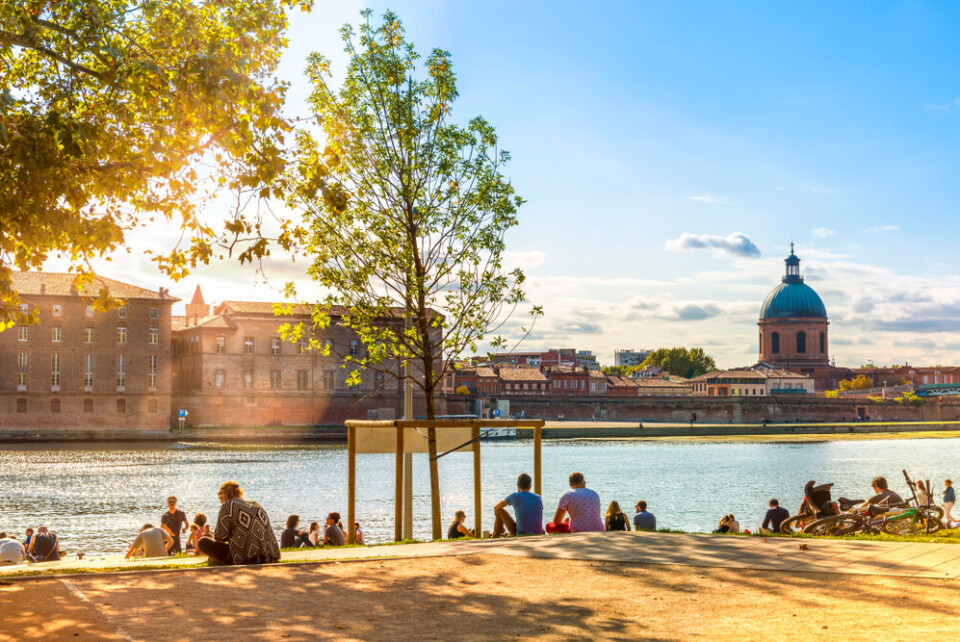-
Marine Le Pen appeals public office ban: how could this impact France's 2027 presidential election?
Month-long appeal begins today but no result is expected until summer 2026
-
Storm with 100 km/h gales to hit Brittany and Normandy this week
Check for weather alerts and any ferry cancellations from Wednesday
-
French rail strike: no disruption to TGVs but local Occitanie and Paris routes impacted
Unions are calling on workers to walk out as negotiations with management begin
MAP: See if your area of France is losing or gaining residents
Exodus to larger cities, particularly in the south, is among trends in latest data

There were more than 68 million inhabitants in France in 2021, according to data released earlier this week by the national statistical body Insee.
This is the most up-to-date information on national population trends, and it shows that on average the population increased by 0.3% per year between 2015 and 2021.
Reasons for the relatively low growth (between 2010 and 2015, the annual increase was almost double) include the high death toll during the Covid-19 pandemic, the general ageing of the ‘baby-boomer’ generation which had a very high birth rate, and a fall in the number of births per female across France.
The data also looked at departmental trends, showing which areas had gained – or lost – residents between 2015 and 2021.
These departmental changes show mixed results. Some areas showed strong growth and others noticeable declines, largely due to migration from rural areas to larger cities.
In general, major cities in the south showed strong levels of population growth, whereas rural areas in the north-east and centre recorded a loss of population.
Where were the biggest falls in population?
The largest fall in population rates were unsurprisingly in rural departments, with three recording population drops of over 4%. These were:
-
Meuse, Grand Est (-4.57%)
-
Haute-Marne, Grand Est (-4.53%)
-
Nièvre, Bourgogne-Franche-Comté (-4.41%)
Ile-de-France (Paris) was also amongst the departments that recorded the biggest population drop (-3.33%).
Elsewhere, departments in the north generally saw their population decrease, as did those in the centre of France.
And the biggest risers?
The department with the largest population growth was Haute-Garonne, which saw a 7.43% increase. The department is home to Toulouse, considered a contributing factor to the rise.
Other departments with large increases included:
-
Gironde, Nouvelle-Aquitaine (6.88%, including Bordeaux)
-
Hérault, Occitanie, (7.29%, including Montpellier)
-
Loire-Atlantique, Pays de la Loire (6.78%, including Nantes)
-
Ille-et-Vilaine, Brittany (5.32%, including Rennes)
The population growth was largest on the Atlantic west coast although the south in general also saw rises across the board, including in both Corsican departments.
You can see the full map below:
























